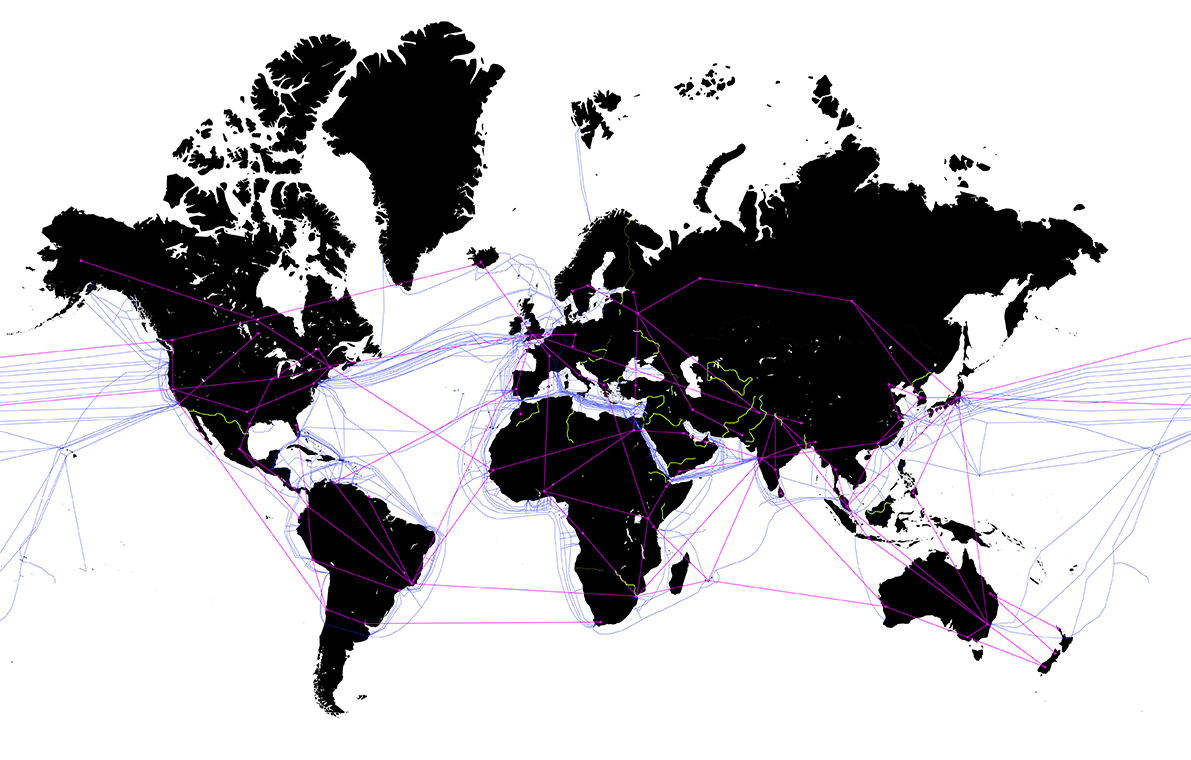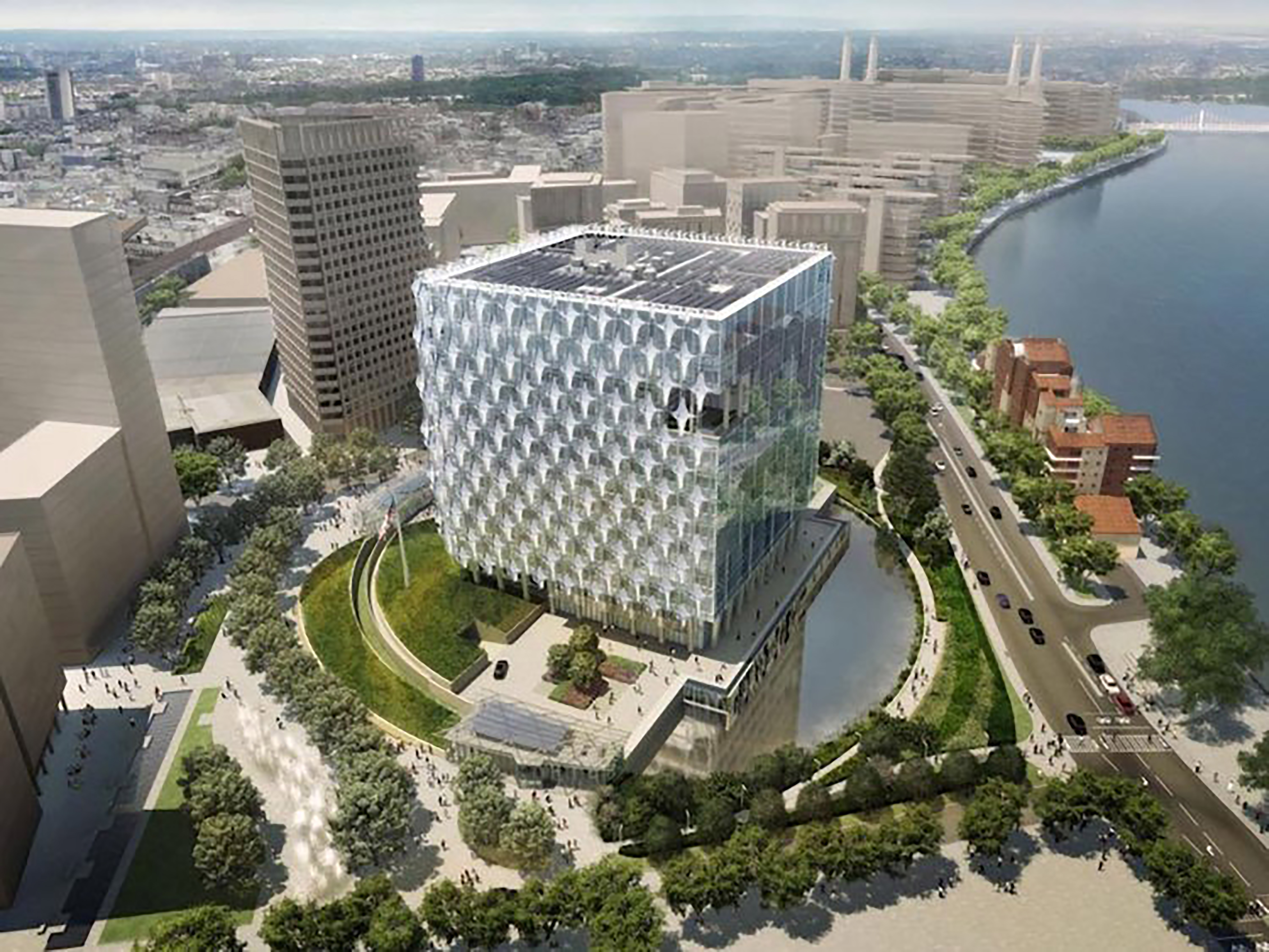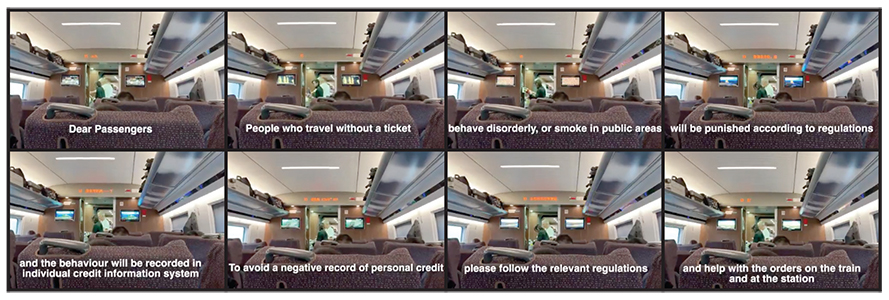
A Contradictory Reading of Facts and Urban Spaces: The Rhetoric of Progress
Chiara Davino and Lorenza Villani
Progress, as a condition that is inexorably pursued in every age, has demonstrated over the course of centuries its chameleonic nature. It has become a flag of multiple ideals which are pursued by many communities. Its broad and mighty meaning identifies as beneficiary of its impact to the whole of humanity. However, it is never […]
Progress, as a condition that is inexorably pursued in every age, has demonstrated over the course of centuries its chameleonic nature. It has become a flag of multiple ideals which are pursued by many communities. Its broad and mighty meaning identifies as beneficiary of its impact to the whole of humanity. However, it is never clear which spaces and subjects actually benefit and which are excluded by its implementation mechanisms. Progress, in the contemporary age, is a notion pursued by a small group that produces its effects. This small number of people declares to be the addressee and direct beneficiary; inevitably, an other part arises, and that takes part to its effects becoming waste opposed to the élite1.
The contemporary definition of the word “progress” is more often than not misrepresented. The tendency to focus on the provocative technological dimension of progress dismisses interest in the goals of the aforementioned other. Moreover, we are not able to identify which are the final objectives of this digital avant-garde.
In this case, progress finds its fortress within the apparently limitless field of action of virtual space. We perceive the virtual as the face of progress that mainly affects our idea of space, social organization and consequently architecture.
The virtual in fact requires architecture, and its multiple tasks, to take an unusual position in relation to the space that we actually experience today, which is in-between virtual and physical space. This space is one big territoriality born by the synthesis of virtual and physical.
This is evident when we acknowledge that humanity does not only live within the traditional palimpsest of urban projects. Instead, we constantly navigate and move through “projects” that are not directly designed by architects, but are nevertheless new infrastructures and spaces spread on a worldwide scale.
Arguably the most significant virtual connection is within electronic space, universally perceived as a clear consequence of progress in which we are all “equally” involved – in spite of the fact that its spatial translation generates a strict physical and unequal geographic hierarchy.2
Borders are increasingly enforced within physical space by institutional and legislative powers. Control systems put in place in order to safeguard and define fragile portions of physical territories from the other, perceived more and more as a threat. This binary relationship presents the key to reading the following spaces that are usually and commonly regarded as emblems of progress. These spaces take on multiple forms through contemporary devices with specific impact, with the peculiarity to take new configurations depending on the involved political persona that is permitted access to certain territories.
CONNECTIONS VERSUS BARRIERS

Chiara Davino, Lorenza Villani, Connections versus barriers, 2019.
The map Connection vs Barriers draws a graph of the underwater fiber-optic cables totality (in blue): this global scale infrastructure physically allows the transfer of 95% of data and internet communications. Moreover, this map illustrates main airports with major airlines (in magenta) and existing border barriers (in green) such as checkpoints and walls.3
The ambition to free movement within territory requires the border redesign that allows to establish internal and external spaces and subjects. The result of this operation is the exclusion space, as physical as it is virtual.4
DIGITAL BORDERS

Ludovica Jona, La macchina della verità, 2019
“iBorderCtrl is an innovative project that aims to enable faster and thorough border control for third country nationals crossing the land borders of EU Member States, with technologies that adopt the future development of the Schengen Border Management.” (From the iBorder Ctrl website, https://www.iborderctrl.eu/The-project.)
The project iBorderCtrl is financed by the European Commission at a cost of 4.5 million Euros. It was entrusted during its experimental phase to Hungary, governed by Viktor Orban, that in 2015 built along Serbia border the longest barbed wire wall in Europe. In order to cross this border, you had to complete an online questionnaire given by a policeman avatar that is apparently able to establish if your answer is valid based on face motion detection. This specific case is evidence of the bi-directional nature of progress, wherein this exponential technological development corresponds to an increasingly higher physical space segregation.
NON-HUMAN SURVEILLANCE

Harun Farocki, I thought I was seeing Convicts, 2000.
“Camera and weapon are side by side, field of view and firing range match. The courtyard
was built with a circular segment so that every point is under the view and under the bullets.”
In Corcoran, California, high-security prisoner surveillance does not require human intervention, allowing guards to maintain as little as possible contact with prisoners. Corcoran’s prison can be compared to the Bentham panopticon, working formally as a diagram of power – “pure architectural and optical system”, figure of a “political technology that can be detached from any specific use”5. It emphasizes a singular remote gaze: Corcoran’s electronic and Bentham’s human.
The substantial difference concerns the staging of violence: blatant in Corcoran’s prison, extremely hidden in the panopticon.
The panopticon, as a diagram of power, has affected the space outside the prison and has become technologically performative. By and by, this detached spatial relationship is continued outside the prison through “electronic chains”. Harun Farocki argues, “the control electronic technique has as main result the border’s suppression. Places are losing their specificity.”6 Boundaries, which define use of spaces within through a specific form that they take, become homogeneous in functioning through electronic surveillance systems, making the spaces similar in operational dynamics – the shopping centre is kept under surveillance as much as a railway station; the entrance area of the main museums is organized through the same devices of the airport control area. New borders flank the physical ones and begin to eliminate their potency.
HIGH SECURITY FORTRESS

KieranTimberlake, United States Embassy London rendering, 2016.
“Instead of having fences, we’ve tried to invert the process, so we’ve developed forms
that have a first reference to landscape features – the pond, a ha-ha, a meadow, a long
curved bench – which secondarily have a security function”. (Will Hunter, London, UK – An interview with Kieran Timberlake in “The architectural review”, June 1, 2010)
The U.S. embassy in London, UK is explicitly inspired by a medieval fortress, exemplified by the water moat, the position up on a hill and the bastion features. 7
The project reveals a system of military-bucolic strategies shaped as typical English gardens features – as the architects argue – hidden within the landscape around.
The reason for such a particularly masked building appearance has the specific purpose of making it look unbreakable to attack. The glass panels in the facade, fifteen centimeters thick, are made of laminated sheets that make the embassy capable of resisting bomb attacks.
In the U.S. embassy in London, architecture plays a fundamental role as it becomes a symbol, a device and concrete manifestation of an unbreakable, solid and lasting political power.
ALGORITHMIC SOCIAL CLASS

Chiara Davino, Lorenza Villani, Here is a dystopian vision of the future, 2019
“Credit construction in the area of production, logistics sector, finance, taxation, pricing, project construction, government procurement, tendering and bidding, traffic and transportation, e-commerce, statistics, intermediary services sector, exhibitions and advertising, sincerity management systems in enterprises, healthcare, hygiene and birth control, social security, labour and employment, education and scientific research, culture, sports and tourism, intellectual property rights, environmental protection and energy saving, social organizations, natural persons, Internet applications and services, judicial credibility, prosecutorial credibility, credibility in the area of public security, credibility in the judicial and administrative systems, judicial law enforcement and employed personnel, sincerity education and sincerity culture”. (Planning Outline for the Construction of a Social Credit System (2014-2020), State Council, 14 June 2014.)
By scanning the code, the payment is automatic, while the purchase information is directly sent to the Chinese government “to stimulate the development of society and the progress of civilization”8. The Social Credit System (SCS) was designed by the Chinese government in 2007 in order to classify citizens through score – and so assign a precise social credit level, and moreover, awards and punishment to its citizens. It can be read, on the one hand, as social widespread organization, and on the other, as a mass surveillance machine entirely based on big data analysis.
SCS was fine-tuned in 2014 establishing its own “models of sincerity and virtues” able to positively influence citizens through “the guiding roles of television, radio, newspapers, Internet and other media”9. This system feeds itself and it is able to transform individuals to guard themselves and others due to the internalization of control “devices”10. Scores, in fact, influence each other between family members, friends, and colleagues, all within a formidable chain mechanism. Surveillance at this scale corresponds to an urban space; this territory is becoming more or less accessible based on the score that you receive within the virtual space.
Another case where the Bentham panopticon became digital.
The expansive world of technology in which we are all connected, all denuded and we are all on stage – the word “progress” projects on the big screen, we call for it and in its name all is fair.
The inherent dichotomies in this realm run parallel: on the one hand, we are massively communicating in a perceived holistic territory, and on the other, space is parceled, segregated and divided in elites and enclaves. An inside and an outside are established, wherein both the included and marginalized – politically and physically – are scanned.
Globally speaking, governments, experts and professionals from industry, infrastructure and policing are experimenting new technologies and devices in the name of progress and security as Counter Terror Expo in London that every year involves all these parties to discuss and promote the latest innovations in security. What it is often left behind is the relation between such technological development and the territories of the human habitat. It is now important to ask ourselves what the purpose of technological progress is and what shape it takes as territory.
Virtual systems of control are now superseding the ones that are put in place of physical territories, and they are both playing a central role in monitoring, supervising, excluding and building barriers.
The confluence of virtual and physical control system takes shape within the physical space we navigate, through different forms of accessibility in relation to the different subjects involved. Spaces of inclusion or exclusion are the product of both high institutional and single individual actions, decisions and thoughts.
To end or to begin: what are the several implications of belonging to a certain society-in-progress?
1 Stefan Czarnowski, Ludzie zbędni w służbie przemocy in “Dziela”, vol. 2, Warszawa 1956, pp.186-193.
2 Saskia Sassen, Globalization and Its Discontents, The New Press, New York 1999.
3 Due to a graphic choice some of the border barriers are represented with a continuous line along the whole belonging border, however, in reality these are present only in specific portions.
4 Giorgio Agamben, Stato di eccezione, Bollati Boringhieri, Torino 2003.
5 Gilles Deleuze, Foucault, Les éditions de minuit, Paris 1986.
6 Harun Farocki, Notizen zu einem Film über Strafen und Uberwachen in den USA in “Jungle World”, n.37, 1999, in Luisella Farinotti (edited by), Barbara Grespi (edited by), Federica Villa (edited by), Harun Farocki. Pensare con gli occhi, Mimesis, Milano 2017, pp. 81.
7 Oliver Wainwright, Fortress London: The New US Embassy and the Rise of Counter-Terror Urbanism in “Harvard Design Magazine”, n.42, Cambridge 2016, pp. 8-13.
8 Planning Outline for the Construction of a Social Credit System (2014-2020), State Council, 14 June 2014.
9 Ibid.
10 Giorgio Agamben, Che cos’è un dispositivo, Nottetempo, Milano 2006.
Chiara Davino (1994) and Lorenza Villani (1993) decided to undertake common research after a year of study in Lisbon (Universidade Autónoma de Lisboa) and Beirut (American University of Beirut), respectively. They graduated with honors in Architecture at University Iuav of Venice with the thesis “Panic. Readings of camps after September 11” (2019). Their investigation field ranges from the urban space militarization, due to the constant state of emergency and exception, to the narrative and ideological construction that supports the visual politics. Their approach to social space reading is characterized by a vast array of sources, from official and institutional to pop ones.